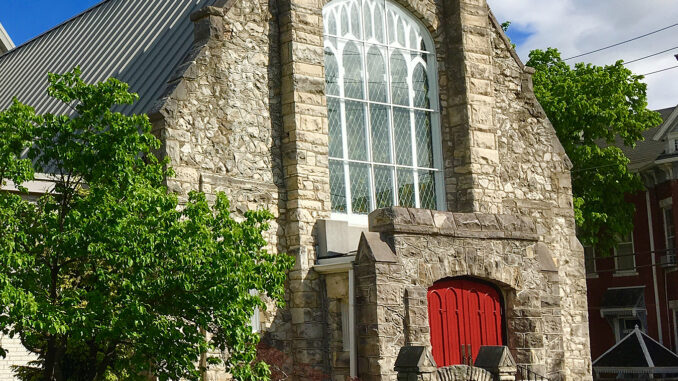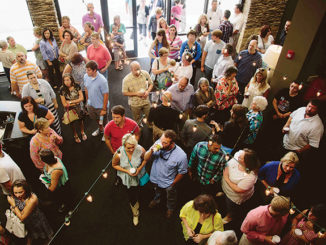
Arguably, one of the greatest and holiest days for those in the Christian faith is Easter. In sacramental traditions, the longer name for this holy day is the Feast of the Resurrection of Our Lord. Right now, though, we find ourselves in the middle of Lent, and while not every Christian tradition practices Lent, it is an ancient and holy part of Easter. Historically, folks who wanted to be baptized spent Lent preparing their hearts and minds for the work of becoming a Christian. Lent asked them to orient the whole of their lives to what baptism really means, and how it is not a simple task, but one that changes who we are at the core. After the 40-day journey of Lent, we walk the final path to the cross with the Christ for Holy Week, the week before Easter, which happens the first full week of April this year.
Many churches still practice Lent. It’s a time of intentional piety and prayer; it’s a time of reorienting ourselves back to the foundation of our baptism, to let the pull of the pace of the world fall away. In Lent, we remove or abstain from things that draw us away from who we know we want to be, and this is vital; I’ve found personal joy in giving up social media, video streaming, or excess spending during Lent – these are the sorts of practices that, while not inherently bad or good, can occupy more of my life than I truly want. I’ve also found joy in adding a daily gratitude practice, praying the rosary, or committing to 10 minutes of meditation every day of Lent; while these practices add to our daily rhythms rather than subtract, they help remind us of the grounded-ness we can find in our faith. Because Lent is not about shaming ourselves into faithfulness, it’s a 40-day opportunity to remember who we are as we commit to living our lives of faith intentionally.
In our church, we have 14 wood cuttings that depict Christ’s final journey to the cross, and these correspond to what is known as the Stations of the Cross. Every Monday during Lent, we pray the Stations of the Cross at noon, and at each image we stop, we pray, and we reflect on Christ’s walk to the cross. We remember how Jesus was condemned to death, how the women of Jerusalem wept over Jesus, how Christ was nailed to the cross, his final words, and how his body was taken down from the cross and put into the tomb. The station that I connect most with is station 13, where Jesus’s body is placed in the arms of his mother. In this image, there is a humanness that I cannot deny, and it reminds me both of the fragile nature of Jesus’ body, even though he was God, and of the tenderness with which the Blessed Virgin, the bearer of God, holds her son.
The Stations of the Cross invite us to stay in Lent, to remember that Christ was not solely crucified because it was always supposed to be this way. No, rather, Christ was crucified because he preached radical acceptance and love; Christ was murdered at the hands of the government because his life and work challenged the authority of those in power. When we sit with the reality of the way of the cross, we cannot be unchanged by not just Christ’s resurrection, but also the whole of Christ’s life and certainly the way in which his death played out. This is an uncomfortable truth, and the Stations of the Cross invite us to acknowledge the death upon the cross before we can celebrate the resurrection of our Savior.
Praying the Stations of the Cross is a meditative, prayerful, and communal habit, and I invite you to join our parish in this Lenten practice. There is no right or wrong way to show up, but if you are seeking a practice that will ground you in prayer with other Christians, then the practice of praying the Stations of the Cross might be a good fit. We would love to have anyone join us for this prayer time on Mondays in March at noon at Christ Episcopal Church in Downtown Bowling Green.
-by The Very Rev. Becca Kello
Dean, Four Rivers Deanery
Chair, Commission on Ministry
Associate Rector and Chaplain to the Episcopal Campus Ministry at WKU




